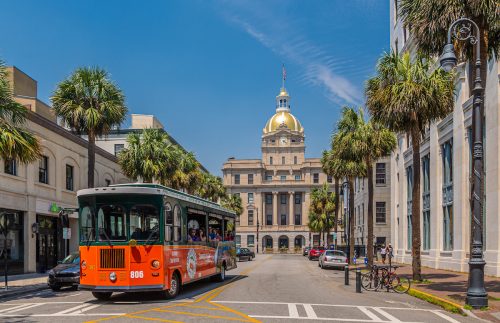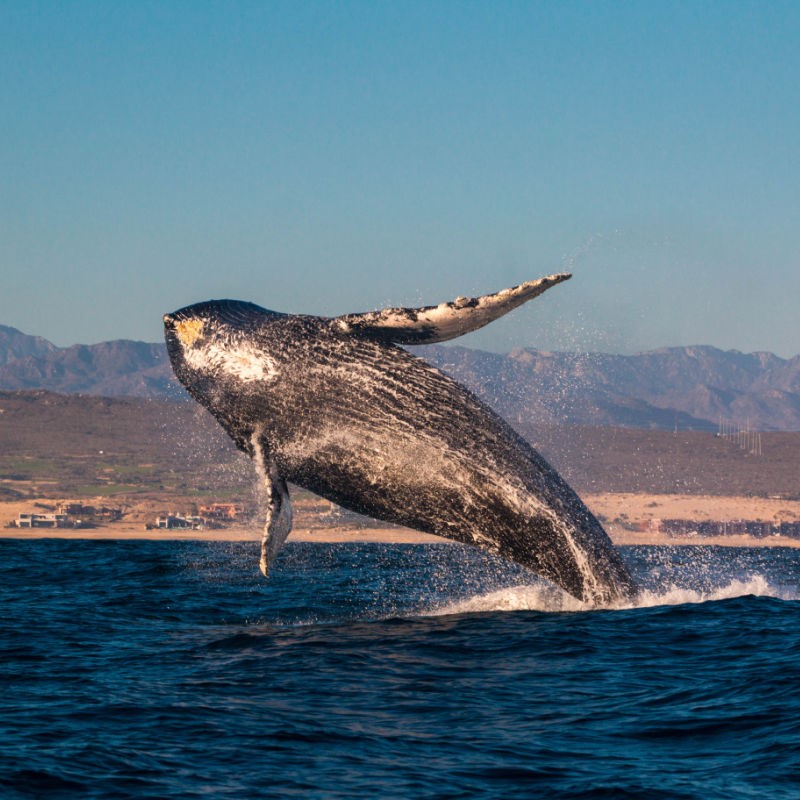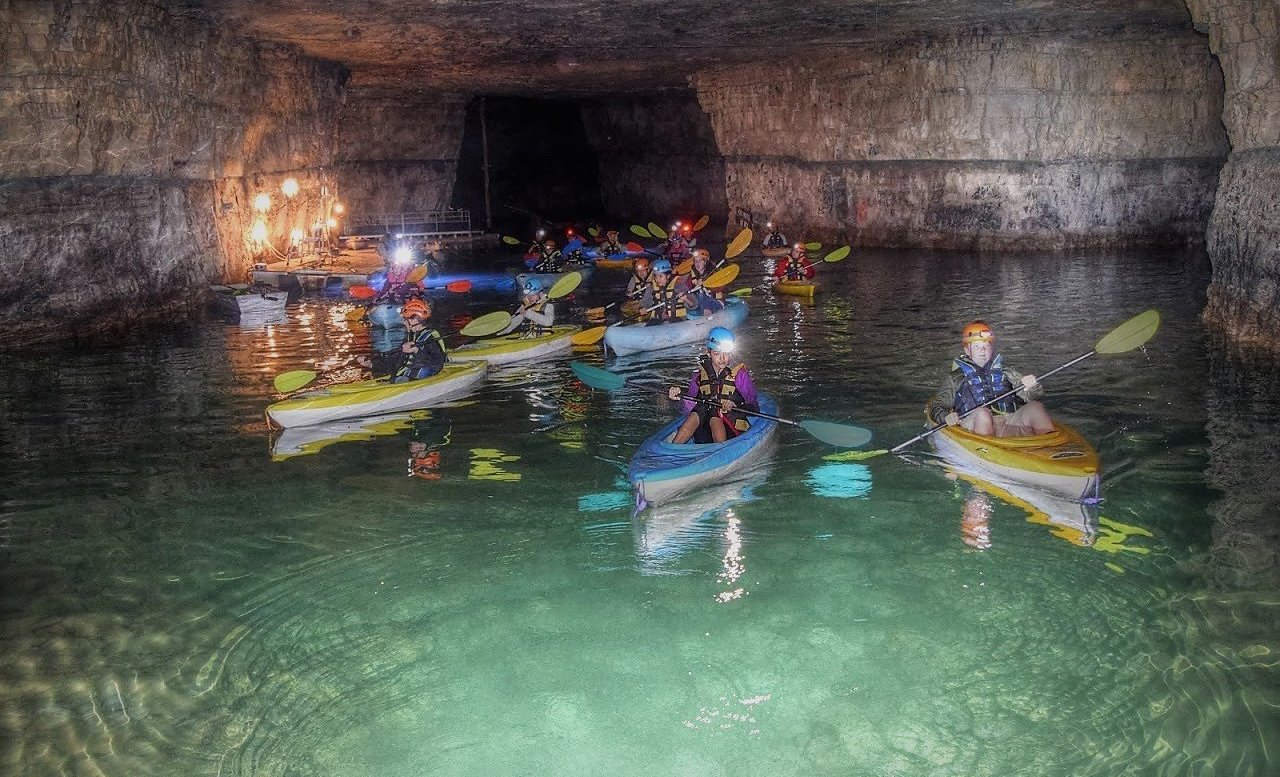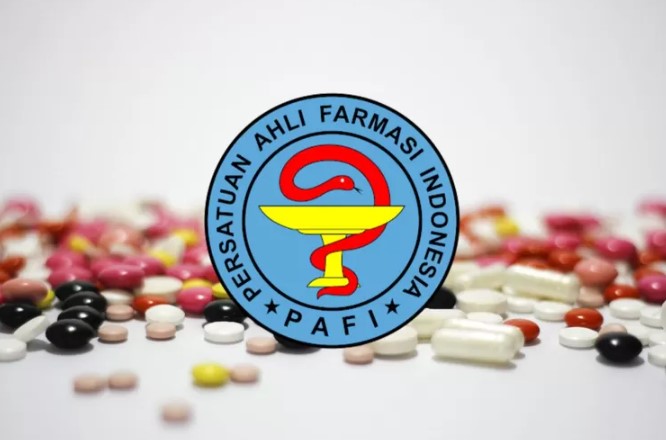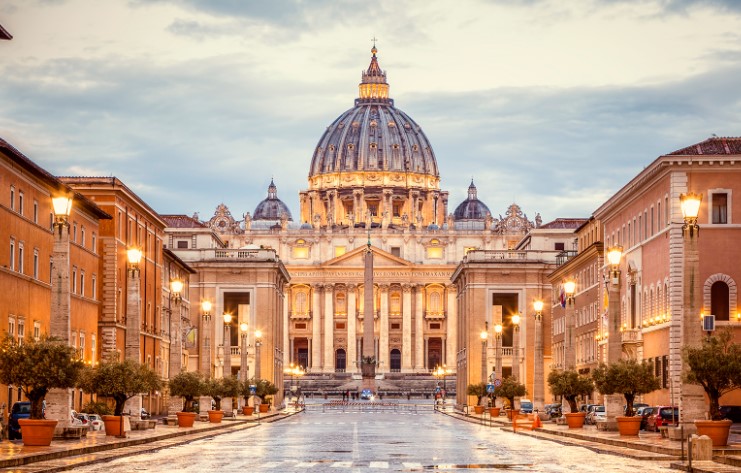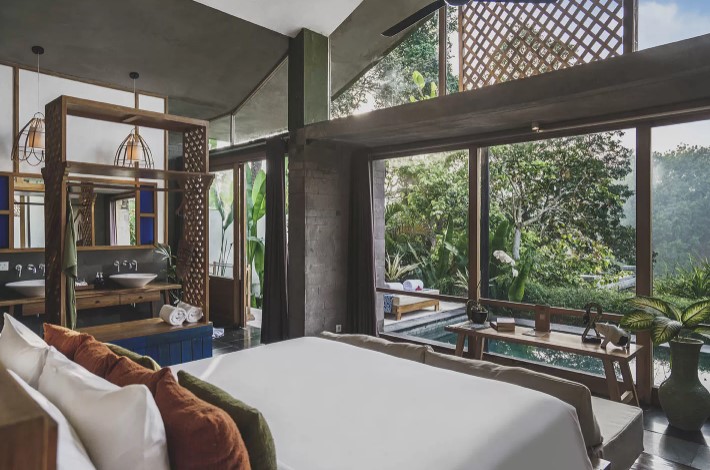Sanibel Island was an ecotourism paradise. Then Hurricane Ian struck.

How to identify a snowy egret? Look for the sunshine-yellow feet. That’s just one of the many tips I learned from my animal-obsessed mother during our nearly 15 trips to Sanibel, a 33-square-mile barrier island off Florida’s southwest coast.
We’d spend hours each day gawking at the residents of the J.N. “Ding” Darling National Wildlife Refuge—more than 6,470 acres that lie within the biggest undeveloped mangrove ecosystem in the country and shelter over 245 species of birds, as well as alligators, manatees, and bobcats.
On the island’s beaches, world-renowned for their shells, we’d marvel over the treasures that washed up in ankle-high heaps from the Gulf of Mexico. Even when Alzheimer’s began to cloud my mom’s brilliant mind, the shared joy we found amidst the island’s natural wonders kept us coming back.
This is the time of year we’d be heading south, but on September 28, 2022, Sanibel took a catastrophic hit from Hurricane Ian, a category 4 storm that damaged or destroyed homes and livelihoods and injured ecosystems.
The island will take many more months, if not years, to fully rebound. But there are encouraging signs. “Every single day, it gets a little better,” says Toni Westland, supervisory refuge ranger at Ding Darling.
It turns out that Sanibel’s longtime conservation ethic, always a boon for nature travelers, has been key to helping the island weather the storm.
An island with a plan
My mom first came to Sanibel, by ferry, in the 1940s when her grandmother pulled her and two cousins out of school for a month of fresh air in Florida. Decades later, she introduced me to her childhood happy place. By then, easy access by bridge had turned the island into a popular travel destination with a slew of hotels, restaurants, and shops.
But it had managed to keep major development at bay, thanks in large part to the Sanibel Plan. In 1976, island residents banded together and established regulations to limit building and safeguard sensitive areas including mangroves and marshes.
Nonprofits such as the Sanibel-Captiva Conservation Foundation (SCCF), which has preserved more than 1,200 acres on Sanibel plus another 800 on neighboring Captiva, and the CROW wildlife rehab clinic have also been long-standing advocates for the environment. These groups working together is “what makes the island special,” Westland says.
In contrast to nearby pro-development destinations like Fort Myers Beach, Sanibel has protected two-thirds of its land, with the biggest swath being Ding Darling. Named for the editorial cartoonist and conservationist who helped create it, the refuge attracts near-fanatical bird watchers and photographers, and my mom and I were two of them.
(Here’s what happens to your brain when you see a bird in nature.)
During our first visit together in 2007, we took a naturalist-led tram tour of the aptly named Wildlife Drive. In every direction, animals were doing their thing: Yellow-crowned night herons stalked crabs. A river otter slipped into the water. Roseate spoonbills snoozed in the mangroves, their long bills tucked into bubblegum-pink plumage.
Later, we roamed the refuge by foot, bike, and kayak, and boarded boat cruises out to the bird rookeries, sometimes tailed by dolphins.
On the gulf side of the island, we strolled the beaches along with shell seekers bent double in the classic “Sanibel stoop.” The island’s unusual orientation—east-west, rather than north-south—makes it a collection point for whelks, conchs, cockles, and junonias, and offers both sunrise and sunset views from the same sandy spot.
At CROW, we toured the wildlife hospital where staff care for herons who’ve swallowed fishhooks, gopher tortoises hit by cars, and all manner of injured native critters with the goal of releasing them back into the wild.
Year after year, my mom and I returned to the same Sanibel spots, with the feeling that we were visiting old friends.
Ruin and resiliency
Everything changed when the hurricane hit. Sanibel’s worst storm since 1926, Ian blew in with winds of over 130 miles per hour and a surge of up to 12 feet. Giant power poles snapped like toothpicks, buildings were inundated, and parts of the causeway bridge washed out, cutting off car traffic to the island.
A week after the hurricane, Westland boated to Sanibel and found surreal scenes. “A salt and pepper shaker would be in the kitchen where it should be, but everything else is upside down,” she says. Over at Ding Darling, Wildlife Drive was slashed into pieces, with craters that could swallow her whole. To Westland’s great relief, the elevated visitor center was still standing, though in need of serious repairs.
James Evans, head of SCCF, says the island’s ecology suffered in two main ways: The wind felled trees and snatched foliage, and the surge turned about 1,300 acres of interior freshwater wetlands into saltwater marshes overnight, killing fish and plants that couldn’t tolerate salinity.
Animals that could escape the storm, such as birds, did exactly that. But terrestrial creatures had a harder time. Gopher tortoises, a keystone species, were trapped when their burrows filled with water and debris. One box turtle got swept across the sea to Cape Coral. Happily the accidental adventurer had a Sanibel research tag and was returned home.
As bad as the devastation was, it could have been worse. “The good news is we have the Sanibel Plan,” Evans says. Because it had prohibited development on 70 percent of the island, it greatly reduced the potential economic impact. And it’s helping to guide the island’s recovery. As climate change–fueled hurricanes and sea-level rise increasingly threaten barrier islands, it’s more crucial than ever to protect vulnerable areas, he says.
Though the hurricane’s full effects aren’t yet clear, nature is rebounding. New leaves are sprouting, and birds are flocking back. In fact, bald eagle eggs recently hatched in a nest built next to a temporary debris-processing spot. “Our wildlife and our vegetation are very resilient,” says Evans.
So are the people. The rebuilt bridge has allowed repair crews to reach the island, and Sanibel’s locally owned businesses are starting to bounce back. Each week the chamber of commerce posts updates on Instagram listing the shops, restaurants, attractions, and hotels that have re-opened, at least partially. These include the 128-year-old Island Inn, where my mom and I always shared a room facing the sea.
Westland hopes Ding Darling is on that list by the end of March. In the meantime, she’s operating a mobile visitor center that looks like a food truck. “You just adapt, like the wildlife,” she says. Refuge concessionaire Tarpon Bay Explorers recently resumed its kayak trips, which will bring in much-needed revenue.
(Discover five wildly underrated natural escapes for 2023.)
At the island’s eastern tip, the 1884 lighthouse took a beating but survived. Locals, while coping with their own home repairs, are pitching in to repaint it, as well as clean up beaches and preserves. “The volunteer spirit out here is just remarkable,” Evans says.
My mom would have been one of those volunteers, but she died a few months before the hurricane. On one of my last visits with her, I pulled out photos of our Sanibel adventures. She could no longer remember the details, but she did recall her delight. “How wonderful!” she said. “Let’s do it all again.” If only we could.
When I return to Sanibel, it will feel different. But I’ll take inspiration and comfort from the island’s resiliency—and its enduring commitment to conservation. “As the community recovers,” Evan says, “the best thing for all of our mental health is to get outside and enjoy our good nature.”
